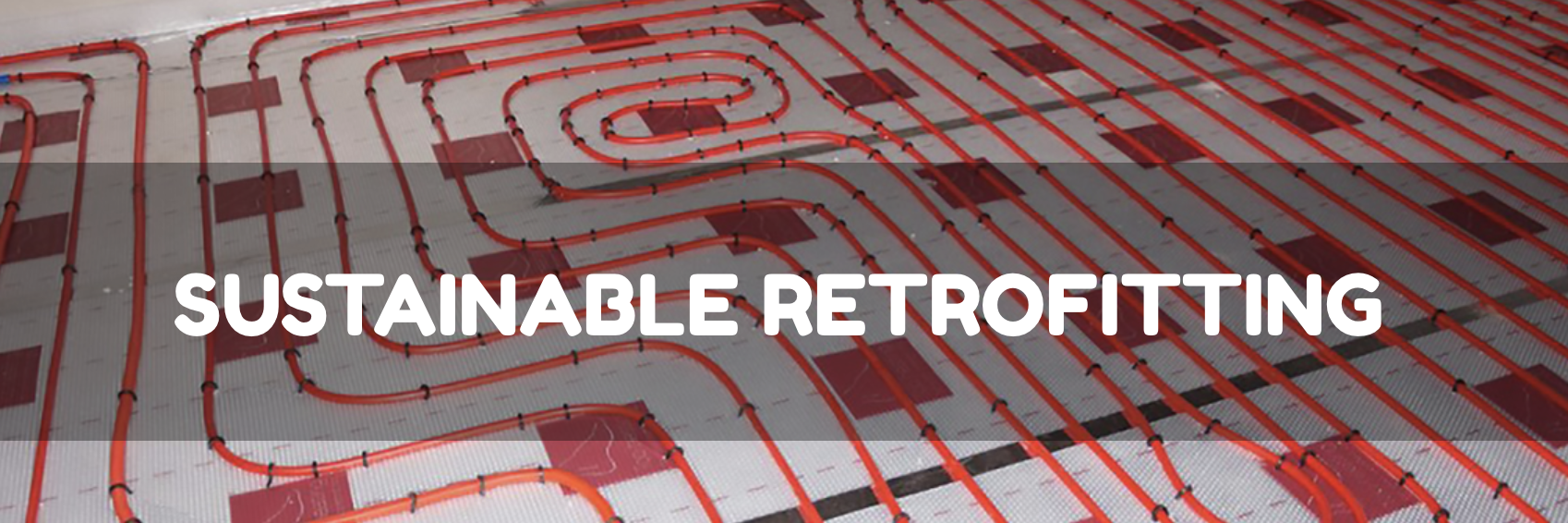SUSTAINABLE RETROFITTING

Introduction:
Within an existing apartment, house or building, there are many opportunities to reduce fossil fuel consumption through green retrofits. Insulation is the magic word here.
Insulation: In cold climates, home insulation is one of the most important ways to save money and CO2. Therefore, the government has set requirements for the minimum insulation value of rooms in buildings. If these do not have good insulation, some of the heat is lost to heating the air around the building.
Hot water tanks: get a warm coat. In addition to walls and roofs, for example, hot water tanks and pipes must be properly insulated in every climate to save energy.
Roadmap:
- Divide the group into teams of 4 – 5 people.
- All teams design a retrofit strategy for the same building. They create a design for new use of existing spaces. In doing so, they must consider such things as required type and amount of materials, energy, transportation, heating, cooling, insulation, water, and waste disposal.
- Students tell each other what they have discovered about the technical, aesthetic and practical aspects of retrofitting.
Target:
Students find solutions to compensate for poorly designed and/or old buildings, and develop plans to restore and re-inhabit (partially) abandoned villages.
Learning outcomes:
Planning for the responsible and ecological refurbishment and restoration of old buildings in villages and towns, or even of entire settlements, learns to objectively fathom the problems inherent in modern building and construction techniques. Students are aware of the need to choose certain building materials and architectural styles best suited to the region in question.
Necessities:
Flipchart, sketch paper and pens/pencils.


0 comments
Leave a comment
Please log in or register to post a comment